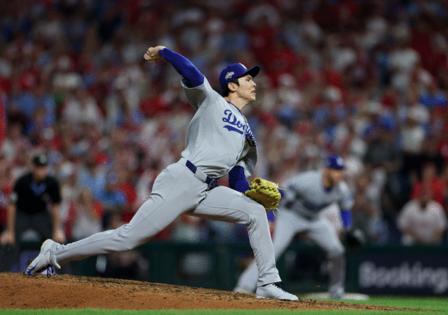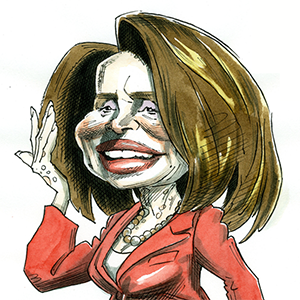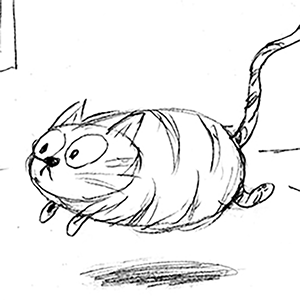Dave Roberts explains why the Dodgers didn't use Roki Sasaki earlier in Game 2
Published in Baseball
LOS ANGELES — Dodgers manager Dave Roberts was trying to play the long game Monday night.
Which is why, when his team entered the ninth inning with a three-run lead in Game 2 of the National League Division Series, he gave the save opportunity to Blake Treinen instead of Roki Sasaki.
If all things had been equal, it’s likely that Roberts would have turned to Sasaki to start the inning. In just two weeks since returning from a shoulder injury and being moved to the bullpen, the converted rookie starter has become the club’s most dominant relief option.
But, for as much of a revelation as the 23-year-old right-hander had been in that time — posting four scoreless outings with a 100-mph fastball and unhittable splitter — the team remained conscientious about managing Sasaki’s workload, which included one appearance in Game 2 of the wild-card series, then another in Game 1 of the NLDS just days prior.
Thus, with Roberts feeling confident enough in Trienen (the veteran right-hander coming off a career-worst season but also some recently improved outings) to protect a three-run cushion that felt relatively comfortable, he left Sasaki sitting in the bullpen despite the save situation.
He tried to take advantage of an opportunity to give his ace reliever rest.
“He hasn’t gone two out of three [days] much at all,” Roberts said after the game. “So I didn’t want to just kind of preemptively put him in there. I felt good with who we had.”
That plan, of course, almost backfired in disastrous fashion. Treinen gave up two runs without retiring a batter. Alex Vesia needed his defense to turn a wheel play on a Bryson Stott bunt to limit the damage from there. And in the end, Sasaki entered the game anyway to record the final out.
Moving forward, Roberts confirmed on Tuesday, Sasaki is “definitely the primary option now” for any future save situations — the closest the team will come to calling him their outright closer, since they could also choose to use him in high-leverage spots before the ninth.
“Obviously what Roki has done, has continued to show, has been very encouraging on a lot of fronts,” Roberts said.
The question, however, remains exactly how hard the Dodgers can ride him the rest of these playoffs; and how delicately they’ll have to balance the burden they place on a young pitcher who has never before pitched in a relief role.
“He’s not going to close every game, it’s just not feasible,” Roberts said Tuesday. “This is something he’s never done. And you’re expecting to go a few more weeks [in the postseason]. So all that stuff has to play in, that a lot of people don’t have any appreciation for.”
The deeper the Dodgers go in the playoffs, the more tricky this calculus will get.
For now, the team’s preference would be for Sasaki to have at least one day of rest before each of his outings. And while Roberts didn’t rule out using him back-to-back days, he described it as “the next graduation point” for the offseason Japanese signing (who had made only eight MLB starts at the beginning of the season before initially getting hurt and missing the next four months).
“There’s no guarantee what the stuff’s going to be like [in a back-to-back],” Roberts said, adding that any potential usage of Saskai on consecutive days would require conversations beforehand with pitching coaches about how Sasaki looked in pregame catch sessions.
“I would love to have Roki throw every single day if he could, but that’s just not feasible,” Roberts reiterated. “Again, we have a lot of conversations, and then I make my decision.”
In other words, Sasaki will get the majority of save opportunities moving forward. But he likely won’t be the only one to handle such spots.
©2025 Los Angeles Times. Visit at latimes.com. Distributed by Tribune Content Agency, LLC.







Comments